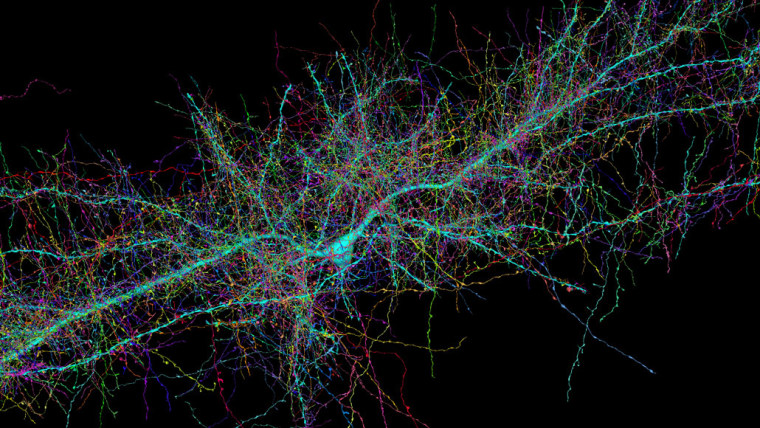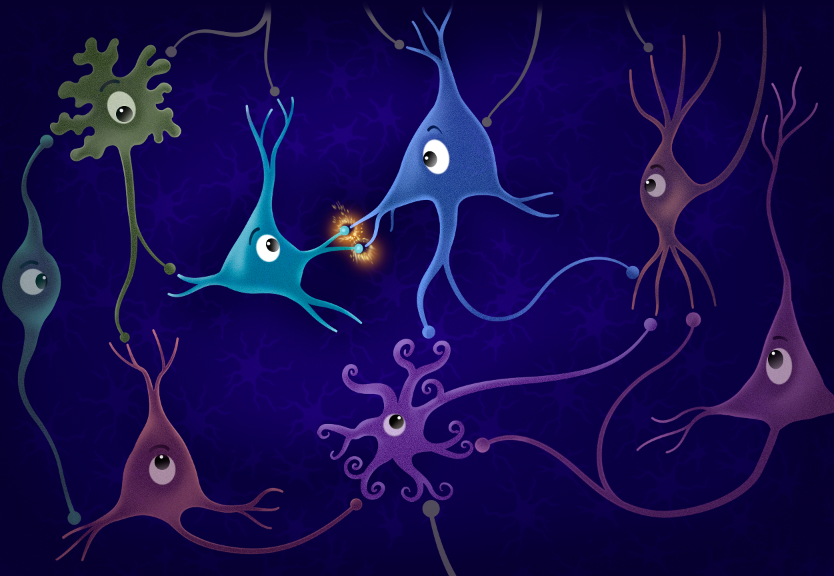

The soma is a compact structure, and the axon and dendrites are filaments extruding from the soma.

When multiple neurons are functionally connected together, they form what is called a neural circuit.Ī typical neuron consists of a cell body ( soma), dendrites, and a single axon. Interneurons connect neurons to other neurons within the same region of the brain or spinal cord. Motor neurons receive signals from the brain and spinal cord to control everything from muscle contractions to glandular output. Sensory neurons respond to stimuli such as touch, sound, or light that affect the cells of the sensory organs, and they send signals to the spinal cord or brain. Neurons are typically classified into three types based on their function. Non-animals like plants and fungi do not have nerve cells. The neuron is the main component of nervous tissue in all animals except sponges and placozoa. Neurons communicate with other cells via synapses - specialized connections that commonly use minute amounts of chemical neurotransmitters to pass the electric signal from the presynaptic neuron to the target cell through the synaptic gap. “These data and these AI-powered reconstructions can be used by anyone with an internet connection and a computer, to ask an extraordinary range of questions about the brain.Within a nervous system, a neuron, neurone, or nerve cell is an electrically excitable cell that fires electric signals called action potentials across a neural network. “I consider this, in many ways, the beginning,” says Reid. He envisions them helping others to see structures and relationships inside the brain that were previously invisible. Reid compared the new images to the first maps of the human genome, in that they provide foundational knowledge for others to use. “It’s a funny combination of a very old field and a new approach to it,” he says. Reid says that with machine learning, the process of turning two-dimensional wiring diagrams of the brain into three-dimensional models has gotten exponentially better. Clay Reid, a senior investigator at the Allen Institute and another lead scientist for the MICrONS project, says that before the program’s research was complete, he would’ve thought this level of reconstruction was impossible. Venkatesh Murthy, a professor of molecular and cellular biology at Harvard University who studies neural activity in mice but was not involved in the study, says the project gives him and other scientists “a bird’s-eye view” into how single neurons interact, offering an exquisitely high-resolution “freeze frame” image that they can zoom into.


 0 kommentar(er)
0 kommentar(er)
